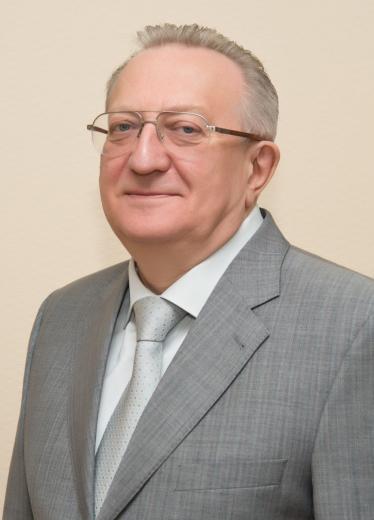
Dear friends, dear colleagues!
Please accept our sincere congratulations on Victory Day! The memory of the struggle and the Great Victory over the Nazi invaders, even after 77 years, unites different generations of our Motherland, makes us invincible in the face of any trials.
This issue of our journal focuses on cutting-edge scientific research in both health and food safety.
Insufficient consumption of vital micronutrients is currently a massive and constantly acting factor that reduces the adaptive-compensatory and regulatory capabilities of the body, which, on the one hand, leads to a change in its physiological functions and the formation and spread of chronic non-communicable diseases: atherosclerosis, hypertension, metabolic disease, immunosuppression, alimentary obesity, autoimmune pathology, etc., and on the other hand, it contributes to an increase in the number of people with impaired immunoreactivity and resistance to natural and man-made environmental factors that negatively affect the effects of rehabilitation and preventive programs.
Thus, it becomes clear that it is quite difficult to solve the problem of nutritional deficiencies, when the natural way of replenishing progressive deficiencies of essential nutrients is excluded or significantly limited, using only standard diets, is quite difficult, especially in patients who require an increased supply of essential macro- and micronutrients (transferred surgical interventions, exacerbation of chronic non-communicable diseases, oncological pathology, condition after chemotherapy, pregnancy and lactation, etc.). Of particular importance in the complex of therapeutic and rehabilitation and preventive measures is the inclusion in the therapeutic and rehabilitation and preventive diets of patients of traditional foods enriched with essential micronutrients, functional (specialized) foods: metabolically directed and balanced mixtures, dietary supplements for food, nutraceuticals and pharmaconutrients, produced on the basis of natural raw materials: hydrobionts, beekeeping products, medicinal and food plants.
Ensuring sufficient, safe food is essential to sustaining life and improving the health of the population. Microbiological food spoilage and foodborne infections continue to play an important role in relation to food safety. In addition, contamination compromises the safety of the entire food chain. Scientists are discovering new pollutants, for example, with the introduction of new packaging materials. In connection with the foregoing, this issue of our journal is of particular relevance and will be of interest to specialists both in the field of healthcare and in the field of food safety.
Best regards, Editor-in-Chief, MD, PhD, Prof. V.V. Gladko

